Imagine stepping foot into the heart of Vietnam’s capital, where the aroma of street food mingles with the echo of ancient trades, and history beckons from every corner. This is the Hanoi Old Quarter Walking Tour a journey, not merely through space, but through time itself. This tour takes you beyond sightseeing, offering a vibrant tapestry of cultural, historical, and culinary experiences that promise to linger long after your visit. Whether it’s the chiming bells of Ngoc Son Temple or the bustling stalls of Dong Xuan Market, each step unravels a chapter from the past, encapsulating the soul of Hanoi in its most vivid hues.
Watch the video summarizing the article “Hanoi Old Quarter Walking Tour: A Journey Through History and Culture”
What is the Hanoi Old Quarter Walking Tour?
The Hanoi Old Quarter Walking Tour is more than a simple stroll through a city; it’s an invitation to immerse yourself fully in Vietnam’s rich heritage. Picture a labyrinth of 36 streets Hanoi, each with its own distinct character, reflecting a thousand years of history. You’ll traverse bustling alleys lined with everything from vibrant silk stalls to quaint cafes serving the famed Vietnamese Pho. This walking tour offers insights into the daily life of Hanoians, framed by colonial architecture and punctuated by bursts of local artistry and craftsmanship.
- Expectations from the Tour:
- Experiencing the vibrant street life up close and personal.
- Understanding the historical significance of each street, named after the goods sold there.
- An eternal mix of tradition and modernity with French colonial buildings standing alongside ancient temples.
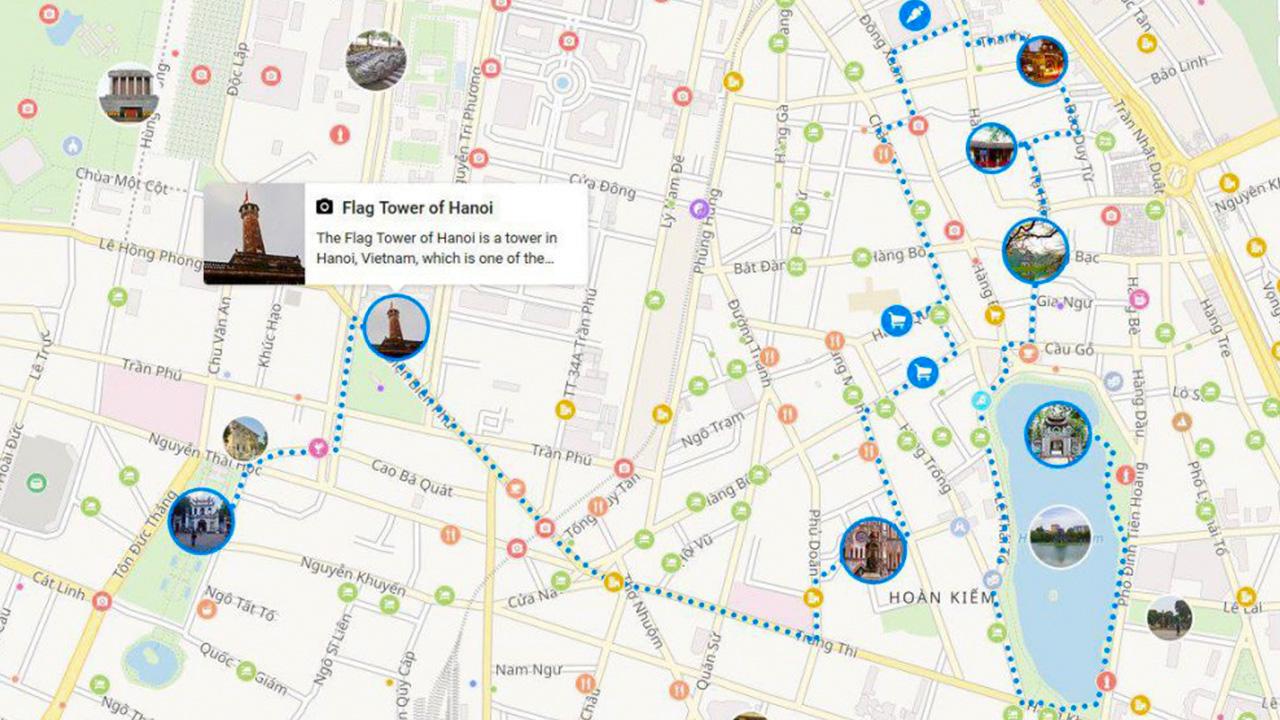
Unique Features
Unlike other tours, this tour is a sensory explosion a feast for both the eyes and taste buds. The Old Quarter, despite its modernization, still retains the charm of an era long past, allowing you to experience Vietnam’s culture in its purest form. It’s where past meets present, where the legacy of Vietnamese resilience can be seen in each turn and every cobblestone pathway.
Personal Anecdote
Imagine starting at Hoan Kiem Lake at dawn, where you’ll witness locals practicing tai chi, a moment that perfectly encapsulates the serene yet somber pace of life here. As you progress, the cacophony of motorbikes and the counterpoint of street vendors haggling over prices becomes the soundtrack to your adventure.
Key Attractions in the Hanoi Old Quarter
The Hanoi Old Quarter is a treasure trove of cultural and historical landmarks that will captivate your imagination. Here’s a glimpse of the key attractions you shouldn’t miss:
- Hoan Kiem Lake: This serene lake offers a picturesque backdrop at the heart of the Old Quarter. The iconic Turtle Tower, standing on a small island, is a symbol of peace and tranquility.
- Ngoc Son Temple: Located on Jade Island in the lake, this temple is dedicated to national heroes and features beautiful architecture that reflects Vietnam’s spiritual beliefs.
- Dong Xuan Market: As Hanoi’s largest indoor market, it’s a bustling hub of activity where you can shop for everything from clothing to traditional snacks. It’s a perfect spot to experience the local lifestyle and indulge in sensory delights.
- Thang Long Water Puppet Theater: A traditional Vietnamese art form, the water puppet shows here reflect local folklore and offer a unique glimpse into the culture’s storytelling traditions.
- Bach Ma Temple: Known as the oldest temple in the city, it’s a testament to Hanoi’s rich religious history and architectural brilliance.
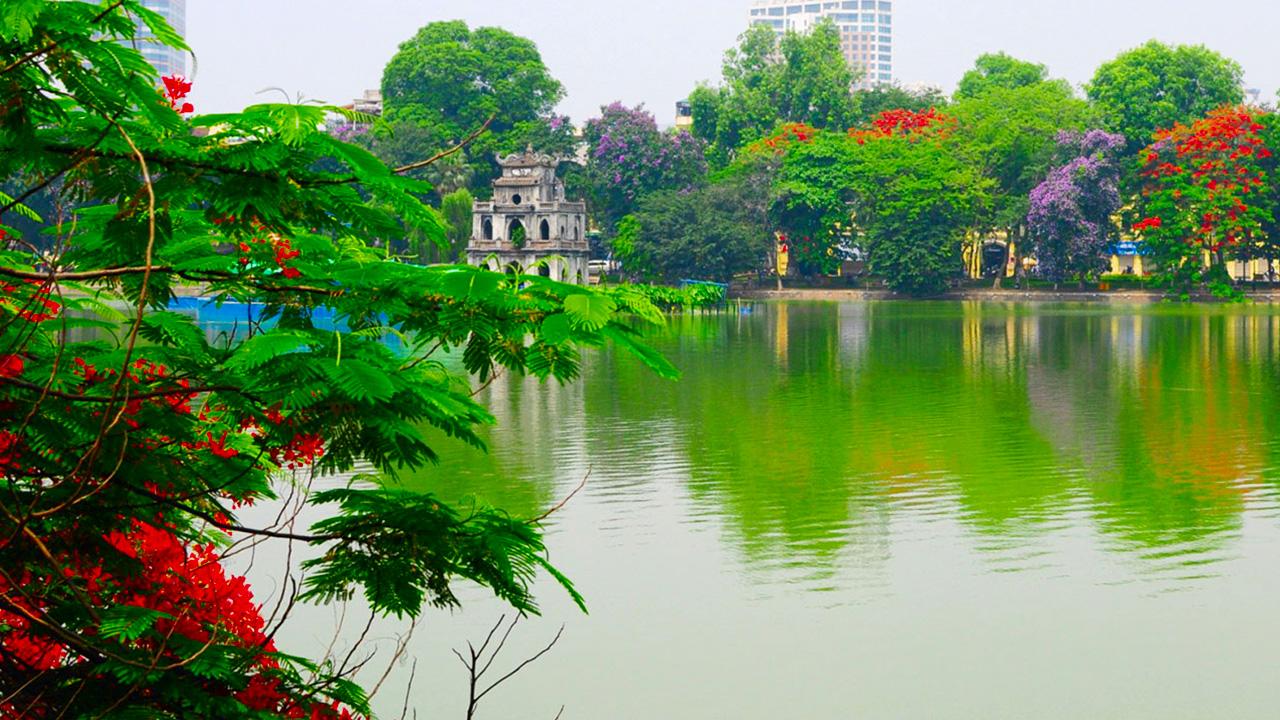
Why These Places Matter
Each attraction isn’t just a tourist spot but a storyteller of Hanoi’s cultural evolution. The Hoan Kiem Lake, for instance, isn’t merely a scenic retreat but a historical marker that signifies Hanoi’s resilience through various eras. Meanwhile, the Dong Xuan Market, with its cacophony of activity, is a testament to the city’s vibrant trade history.
Local Insights
Engage with locals at the market or on the streets and listen to stories passed down through generations. These personal narratives add depth and color to the experience, something no guidebook can replicate.
Historical Significance of the Hanoi Old Quarter
The Old Quarter’s roots run deep into the history of Vietnam, tracing back to the 11th century during the Ly Dynasty. Originally, it was a prime hub for trade and commerce, nurturing a vibrant community of artisans and merchants. Each street was named according to the trade practiced there, such as Hang Bac for silver and Hang Gai for silk.
- Architectural Diversity: Its architecture is a fascinating blend of traditional Vietnamese and colonial French influences. The narrow tube houses, with their unique layout and design, indicate the adaptation of living spaces in response to historical tax laws that taxed buildings by their frontage length.
- Cultural Resilience: Despite periods of Chinese domination and French colonization, the Old Quarter has maintained its cultural integrity, continuing to serve as a living museum of Hanoi’s socioeconomic history.
Evolution Over Centuries
The streets of the Old Quarter are not just paths to wander but timelines to explore. Walking down the alleyways offers insight into the economic, cultural, and political changes that have shaped modern Vietnam. Each brick and beam tells a story of resilience, reflecting how Hanoi has preserved its identity amidst change.
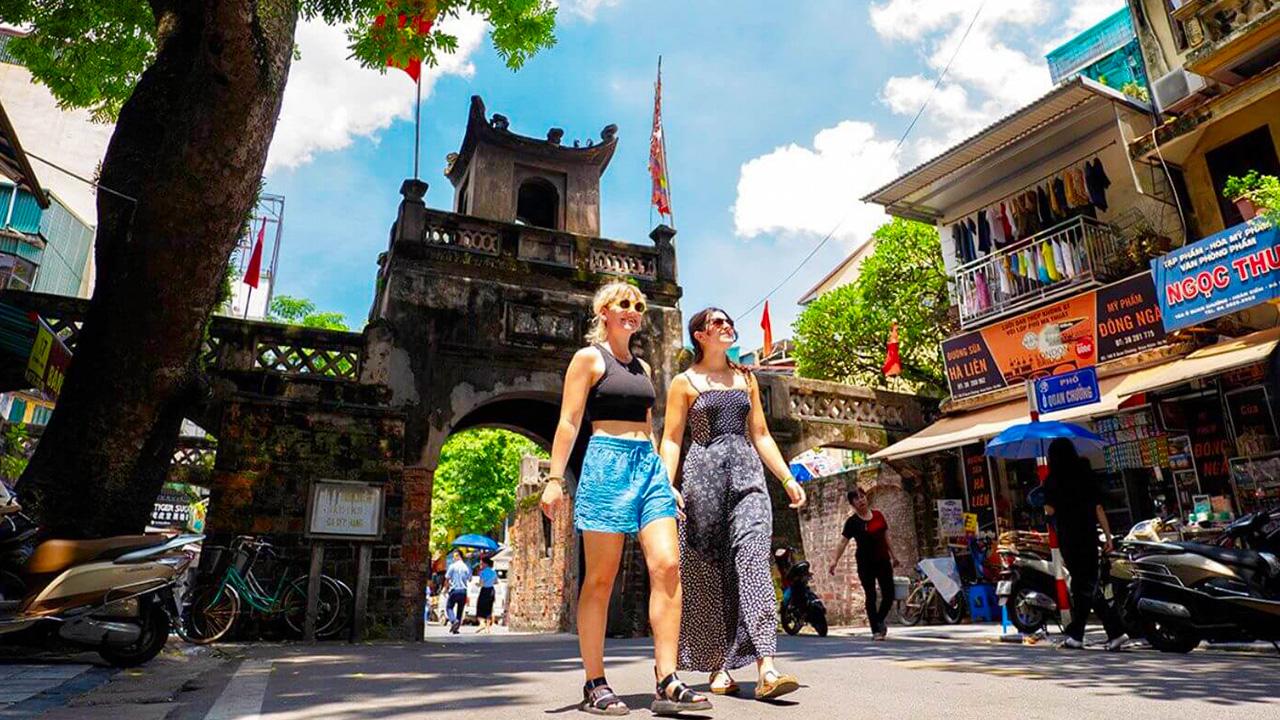
Best Times to Experience the Hanoi Old Quarter Walking Tour
Timing is everything, especially when exploring the intricate lanes of the Old Quarter. For newcomers, the early morning or late afternoon is ideal.
- Morning Benefits: Start your day amidst the gentle hum of street vendors setting up and locals engaging in their morning exercises around Hoan Kiem Lake. The crisp morning air coupled with less crowded streets allows for a peaceful exploration.
- Afternoon and Night Excursions: As the sun sets, the Old Quarter transforms into a lively hub of night markets and street performances, with the soft glow of lanterns illuminating the bustling streets.
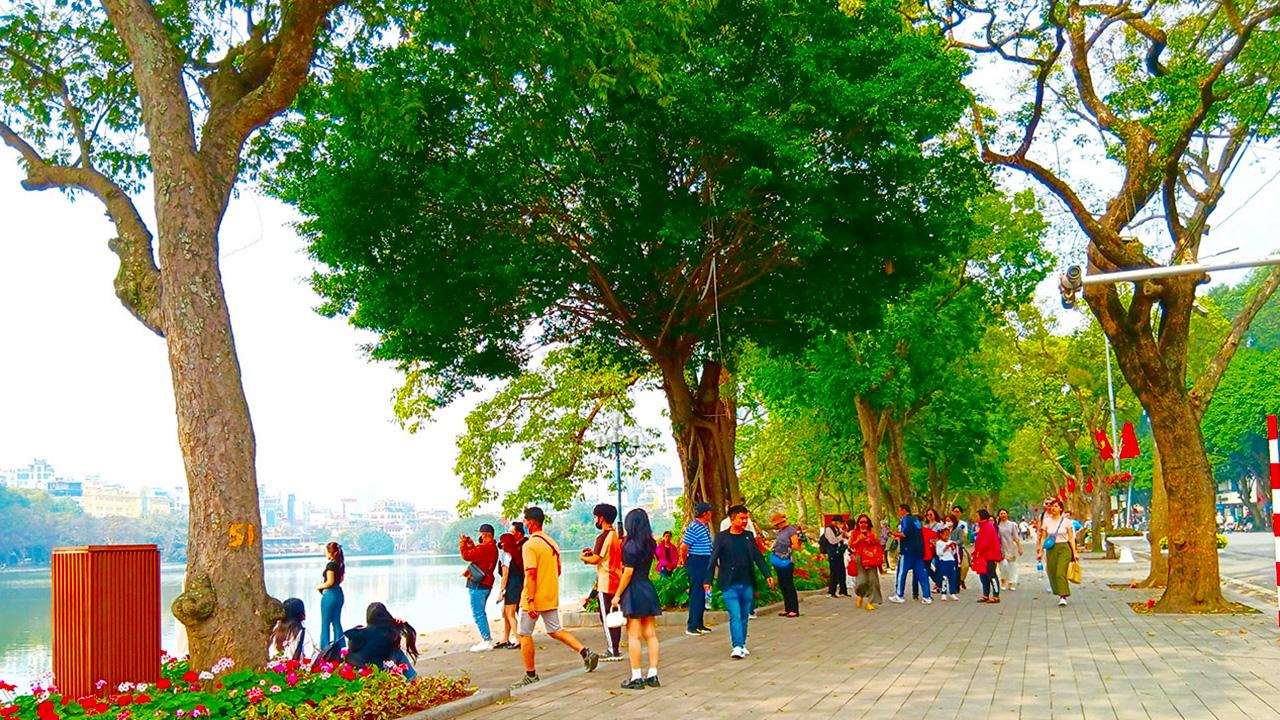
Seasonal Considerations
Consider the climate when planning your visit. While the winter months of December to February offer cooler temperatures, the summer months can be humid. The festive season around the Vietnamese New Year, also known as Tết, sees a burst of color and cultural celebrations.
Capture the Essence
Time your visit around these hours to capture breathtaking photos and enjoy the nuanced layers of the city that only reveal themselves with patience and observation.
Popular Food Options During the Walking Tour
No tour of the Hanoi Old Quarter would be complete without indulging in its culinary wonders. The streets overflow with a variety of mouthwatering treats that reflect Vietnam’s gastronomic heritage.
- Bánh Mì: A culinary testament to French-Vietnamese fusion, this crispy baguette filled with savory meats, pickled vegetables, and herbs is a must-try. Each bite is a balance of flavor and texture that delights the palate.
- Phở: Experience the warmth of a steaming bowl of this iconic noodle soup, seasoned with aromatic spices and fresh herbs it’s more than a dish; it’s a national emblem.
- Chả Cá: Savor this Hanoi specialty of grilled fish seasoned with turmeric and dill. It’s a highlight of local cuisine, served with vermicelli and peanuts for a delectable experience.
- Egg Coffee: Finish off your culinary exploration with an egg coffee a unique Hanoi creation combining robust Vietnamese coffee with a creamy, frothy egg mixture that surprises and delights with each sip.
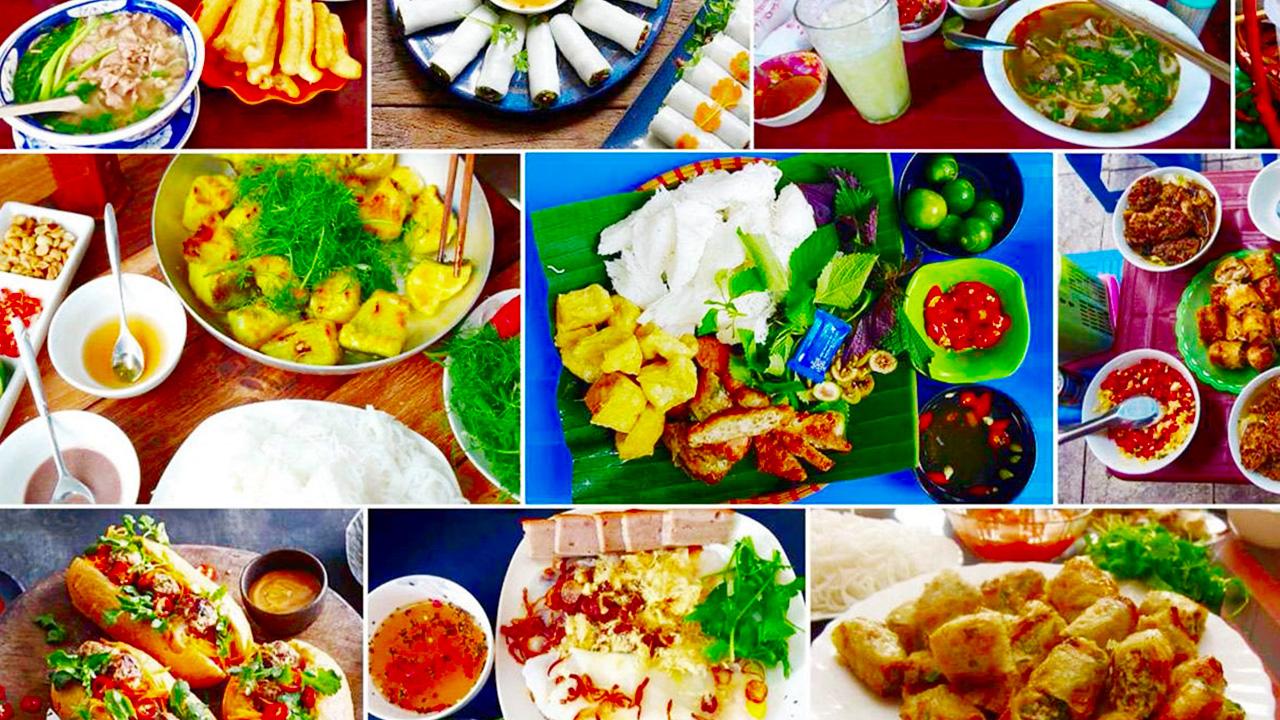
Culinary Exploration
Engage your senses at street stalls and small eateries, where the vibrant flavors and fresh ingredients reflect the richness of Hanoi’s culinary traditions. Conversations with vendors, who often share the stories behind each dish, add a personal touch to your gastronomic journey.
Local Recommendations
Heed the advice of locals for hidden food gems tucked away in alleyways. These lesser-known spots often serve the most authentic and soul-satisfying meals, rewarding the adventurous with unforgettable flavors.
Cultural Experiences in the Hanoi Old Quarter
The cultural vibrancy of the Old Quarter extends beyond its culinary delights and historical sites. Delve into the heart of Hanoi’s artistic and spiritual traditions through a series of enriching experiences.
- Traditional Craft Demonstrations: Witness artisans at work in specialized shops where age-old crafts like silk painting, calligraphy, and lacquerware are practiced. It’s a unique chance to see masters at their craft and even participate in workshops.
- Music and Dance Performances: Experience the enchanting world of Vietnamese traditional music and dance at venues that host cultural shows. Whether it’s the rhythmic tones of a Đàn bầu (monochord) or a graceful dance performance, these events offer a gateway into Vietnam’s artistic soul.
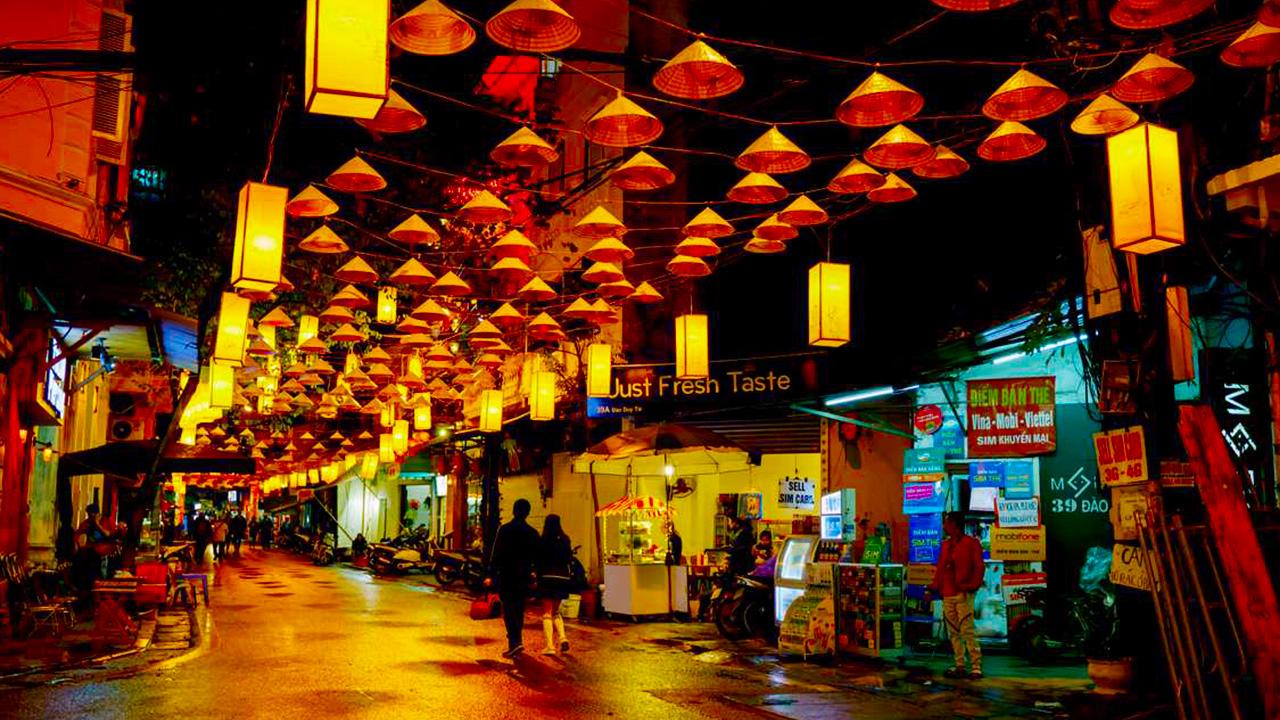
Engaging with Local Communities
Join a community event or festival to see the culture come alive with vibrant costumes and energetic dance. This interaction not only enhances your understanding of Vietnamese customs but also creates lasting connections with the welcoming Hanoians.
Spiritual Reflection
Quietly observe or participate in ceremonies at temples like Ngoc Son, where incense, prayers, and offerings unveil the spiritual layers of Hanoi. This peaceful interlude offers a reflective pause from the bustling streets outside.
Tips for Navigating the Hanoi Old Quarter
Efficient navigation of the Old Quarter can enhance your exploring experience. Here are some practical tips to help you make the most of your visit:
- Maps and Apps: Download offline maps or use apps like Google Maps or GPSmyCity to easily find your way around the twists and turns of the Old Quarter. These tools are invaluable in a maze-like environment where getting lost is easy.
- Transportation Options: While the Old Quarter is best explored on foot to soak up its charm, alternative modes like the cyclo traditional Vietnamese rickshaw offer an unforgettable ride through the bustling streets.
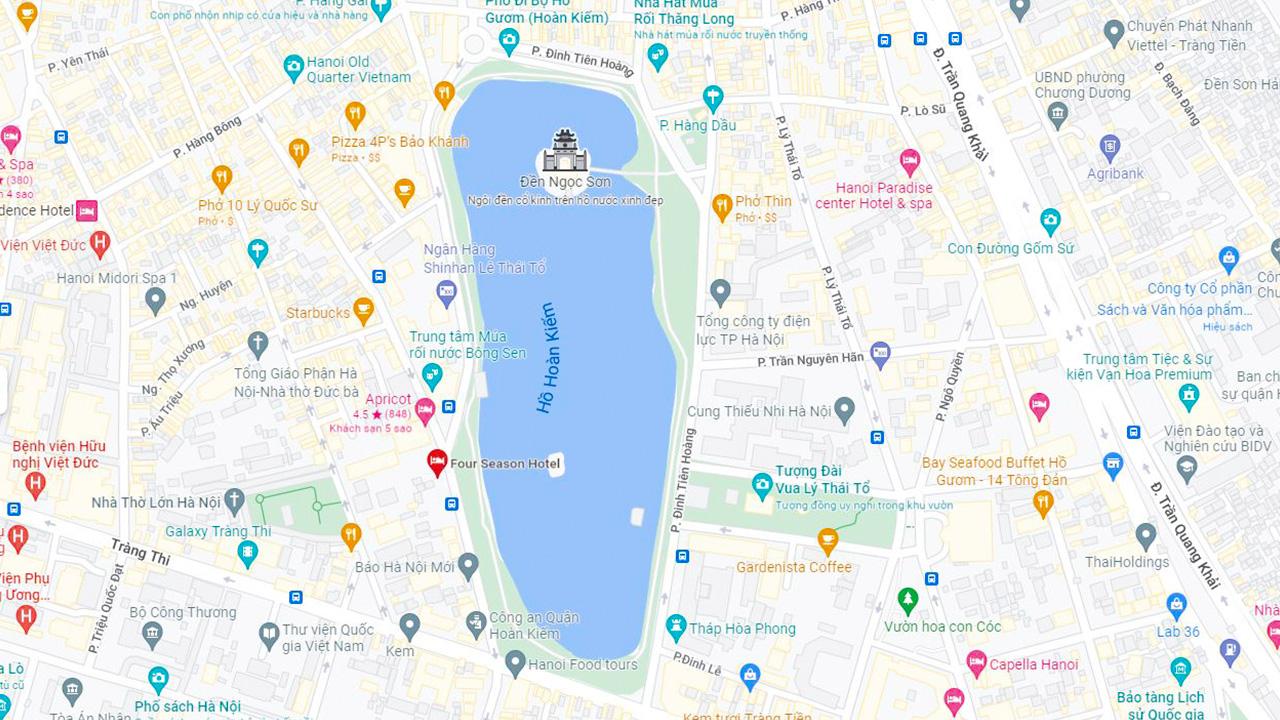
Helpful Navigation Techniques
- Establish Landmarks: Use prominent landmarks like Hoan Kiem Lake as navigational anchors. They can help orient you when the narrow lanes become disorienting.
- Travel Light: Carry only essentials, as the streets can be crowded and occasionally hectic. Slim wallets and compact bags can prevent any travel inconvenience.
- Practice Patience: Traffic and crowds peak during certain periods; a little patience goes a long way, allowing you to absorb and appreciate the ambiance thoroughly.
Local Markets to Explore in the Hanoi Old Quarter
Exploring local markets provides an authentic glimpse into the daily rhythms of the Old Quarter. Here are some must-visit markets that capture the essence of Hanoi’s bustling trade:
- Dong Xuan Market: The largest indoor market in Hanoi, it’s a vibrant blend of vendors selling everything from textiles to electronics. It’s the ideal spot for purchasing souvenirs and local delicacies.
- Hang Da Market: Perfect for fashion enthusiasts, this market offers a variety of clothing options, from modern styles to traditional Vietnamese attire.
- Night Markets: On weekend nights, the Old Quarter streets transform into a lively carnival of stalls offering street food, clothing, and handicrafts set against the backdrop of live music and performances.
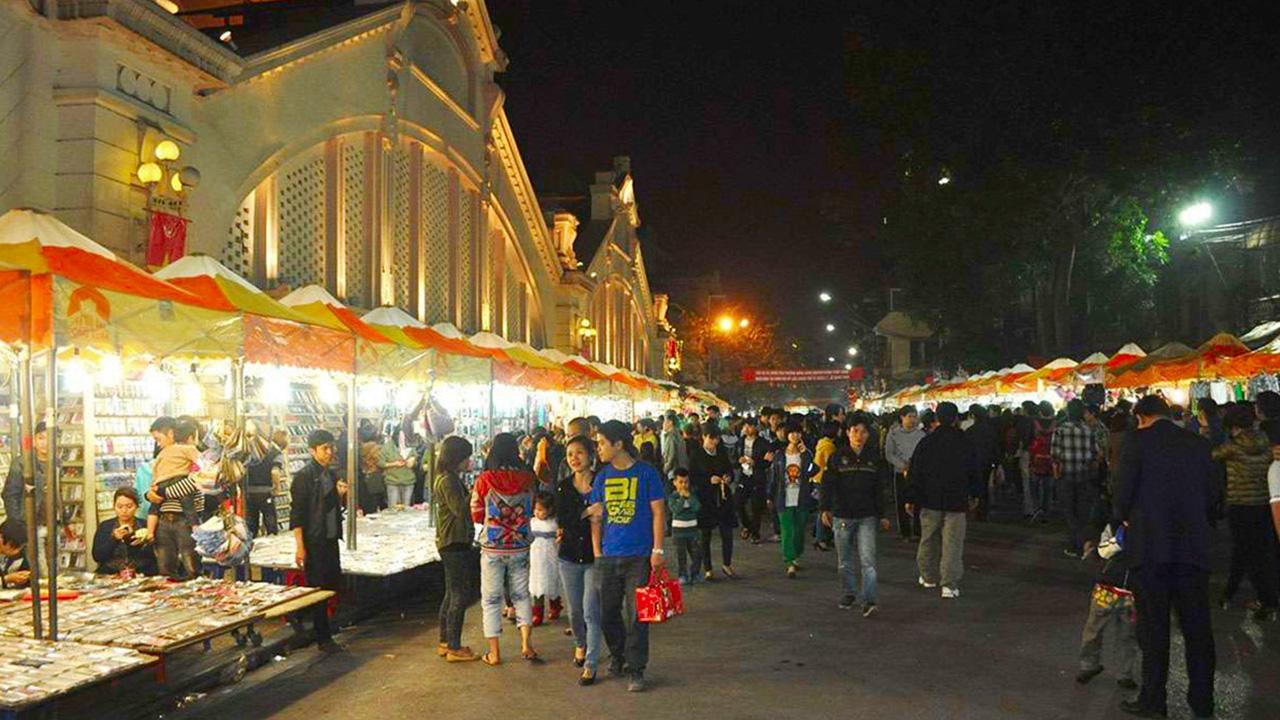
Why Visit These Markets?
Markets are not only centers of commerce but also cultural melting pots where you can witness the daily lives of locals. The cacophony of haggling merchants, the smell of fresh produce, and the tactile pleasure of handcrafted goods all contribute to an immersive experience.
Bargaining Tips
Embrace the art of haggling it’s part of the charm and a skill much appreciated by local vendors. With a friendly smile and a bit of patience, negotiating price becomes a playful interaction rather than a mere transaction.
Photography Opportunities in the Hanoi Old Quarter
The Old Quarter is a photographer’s paradise, offering myriad opportunities to capture Hanoi’s unique character.
- Street Photography: Capture the essence of daily life with candid shots of bustling street scenes, vibrant shop displays, and the dynamic interplay of light and shadow in the narrow alleys.
- Architectural Photography: With its blend of colonial and traditional architecture, the Old Quarter offers rich opportunities for catching the stark contrast between towering French structures and the cozy charm of Vietnamese tube houses.
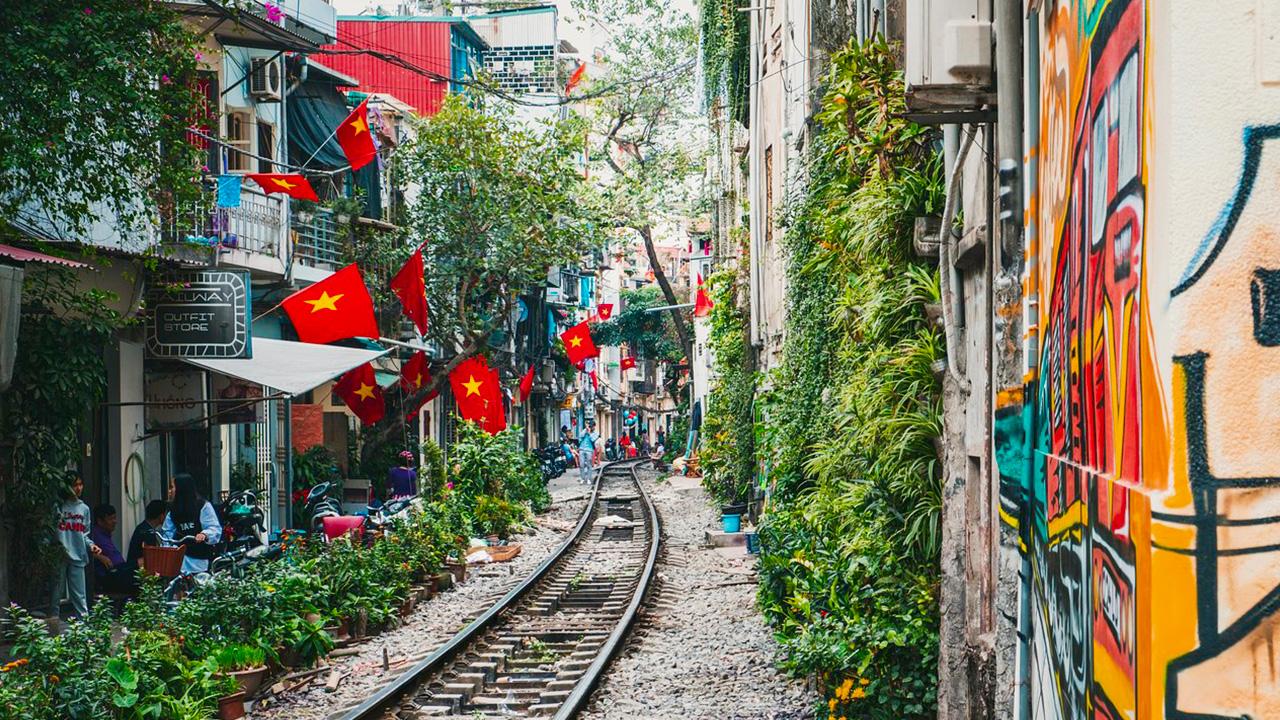
Ideal Photo Spots
- Quan Chuong Gate: One of the last remaining ancient gates of Hanoi, it provides a historical frame for incoming and outgoing traffic.
- Traditional Shops and Vendors: Each street has its motifs seek out flower vendors, lantern hangings, and fruit stalls for vibrant compositions.
Timing for Best Light
Golden hour right after sunrise and just before sunset casts a magical light that enhances the Old Quarter’s visual narrative. Plan your itinerary accordingly to make the most of this perfect lighting for photography.
Comparison of Guided Tours vs. Self-guided Tours in Hanoi Old Quarter
When exploring the captivating labyrinth of the Old Quarter, you may choose between a guided tour or a self-guided adventure, each offering unique advantages.
- Guided Tours: These tours, often led by knowledgeable locals, provide in-depth insights into Hanoi’s history and culture. They are ideal for those who prefer structured itineraries and narratives rich with historical contexts. Additionally, guides often have insider access to less-known areas, ensuring a more comprehensive experience.
- Self-guided Tours: For those who relish spontaneous exploration without time constraints, self-guided tours offer the liberty to linger in places of personal interest. This approach suits those looking to craft a customized route and seek out hidden gems at their leisure.
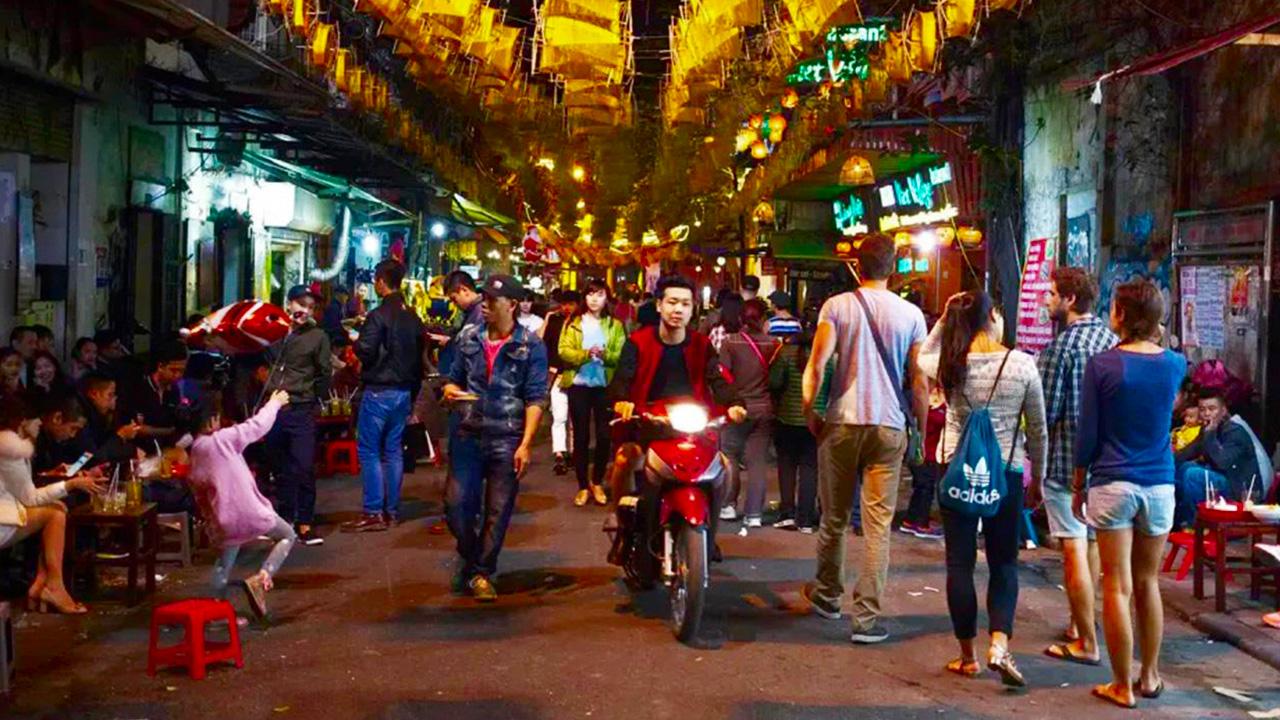
Pros and Cons
| Aspect | Guided Tours | Self-guided Tours |
|---|---|---|
| Structure | Pre-determined itinerary | Flexible schedule |
| Knowledge | Expert insights and historical context | Personal discovery and exploration |
| Access | Insider access to special areas | Limited to public locations |
| Cost | Generally higher due to guide fees | More budget-friendly |
| Duration | Fixed tour durations | Set your own pace |
Personal Reflection
The choice comes down to personal preference whether you thrive on structured learning or seek the thrill of uncovering secrets on your own. Both options promise rich experiences in their own right.
Must-try Street Foods in the Hanoi Old Quarter
No visit to the Old Quarter is complete without sampling its street food scene. These culinary delights serve as a passport to Hanoi’s history and culture.
- Pho Bo: This classic beef noodle soup is a comfort in a bowl, beloved for its savory broth and succulent beef slices.
- Bun Cha: Comprising grilled pork patties served with vermicelli noodles, this dish famously shared a spotlight with a U.S. President, becoming a symbol of international recognition.
- Banh Xeo: A Vietnamese-style crepe filled with shrimp, pork, and bean sprouts, it delights with its crispy exterior and savory filling.
- Nem Ran: Commonly known as spring rolls, these bite-sized snacks are a crispy treat, encapsulating the essence of Vietnamese flavors in a tidy package.

Culinary Tradition
Each delectable dish offers a taste of Vietnam’s diverse regions. Street vendors often carry with them recipes passed down through generations, making each bite a journey through time.
Favorite Vendors
Popular stalls around Dong Xuan Market or hidden lanes in the heart of the Quarter offer these delights. Enjoying these dishes amidst the lively street scenes adds an extra layer of authenticity to your culinary adventure.
Unique Shops and Artisan Experiences in the Hanoi Old Quarter
The artistic heart of Hanoi beats strongest in the Old Quarter. Here, artisan shops offer a personal look into Vietnam’s traditional craftsmanship.
- Silk Shops: Streets such as Hang Gai are lined with shops showcasing exquisite silk products scarves, ao dai (traditional dress), and handcrafted garments. These are perfect souvenirs or gifts that encapsulate Vietnamese elegance.
- Lacquerware and Pottery: Artisans specialize in traditional crafts, producing everything from lacquered jewelry boxes to intricately designed pottery. Witnessing the process explains why these crafts are vital to cultural identity.
- Paper Shops: Explore stores featuring iconic Dong Ho paintings and traditional paper products, offering insight into local artistry’s historical significance.
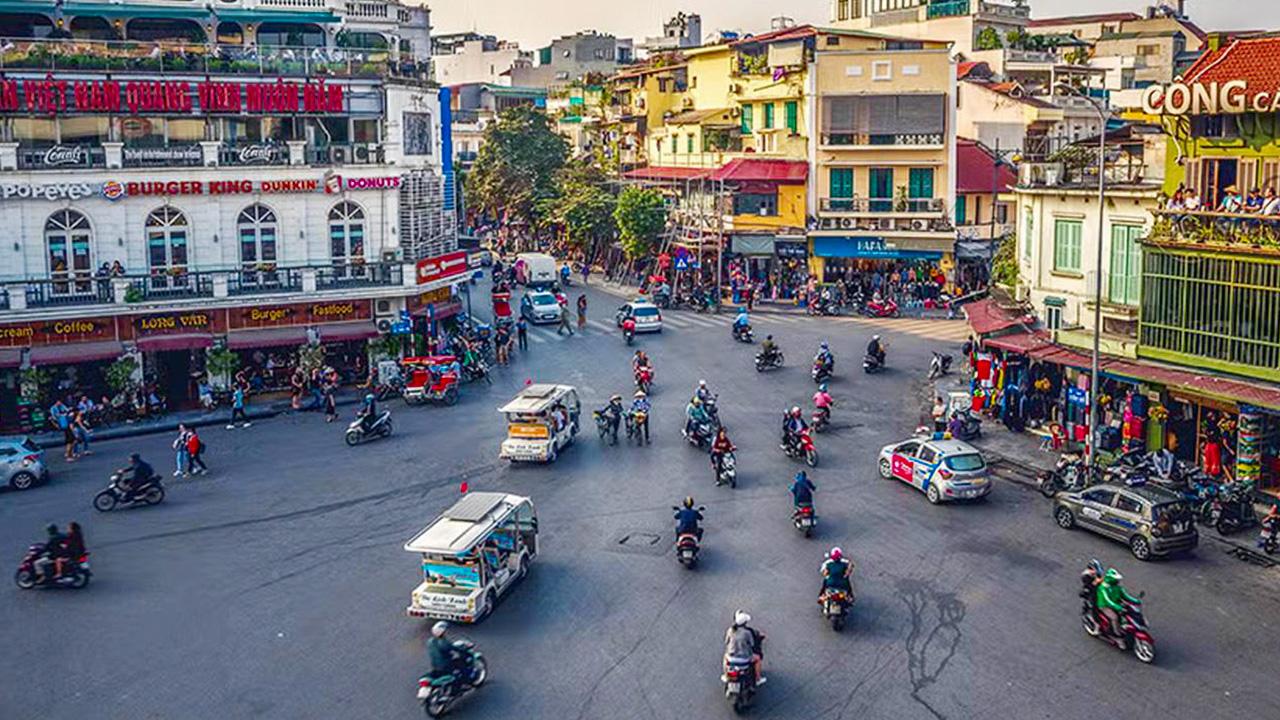
Cultural Significance
These artisan experiences underscore the Old Quarter’s role as a preserver of ancient customs. Beyond mere transactions, these shops serve as gateways into the soul of Vietnamese artisanry and innovation.
Personal Connection
Engage with shopkeepers and learn the stories behind their crafts. Understanding the labor and love infused into each piece fosters a deeper connection and appreciation for these timeless traditions.
Festivals and Events in the Hanoi Old Quarter
The Old Quarter’s vibrant culture shines brightest during its festivals and events, as the streets come alive with color, music, and communal celebrations.
- Tết Nguyên Đán (Vietnamese New Year): Marked by elaborate decorations, family gatherings, and street parades, this festival is an explosive celebration of culture and heritage.
- Mid-Autumn Festival: Known for its lantern processions, dragon dances, and mooncakes, this festival offers a magical experience for both locals and travelers alike.
- Buddha’s Birthday: Crowded temples, fragrant blooms, and devotion-filled rituals characterize this spiritual event, showcasing Vietnam’s deep-rooted Buddhist traditions.
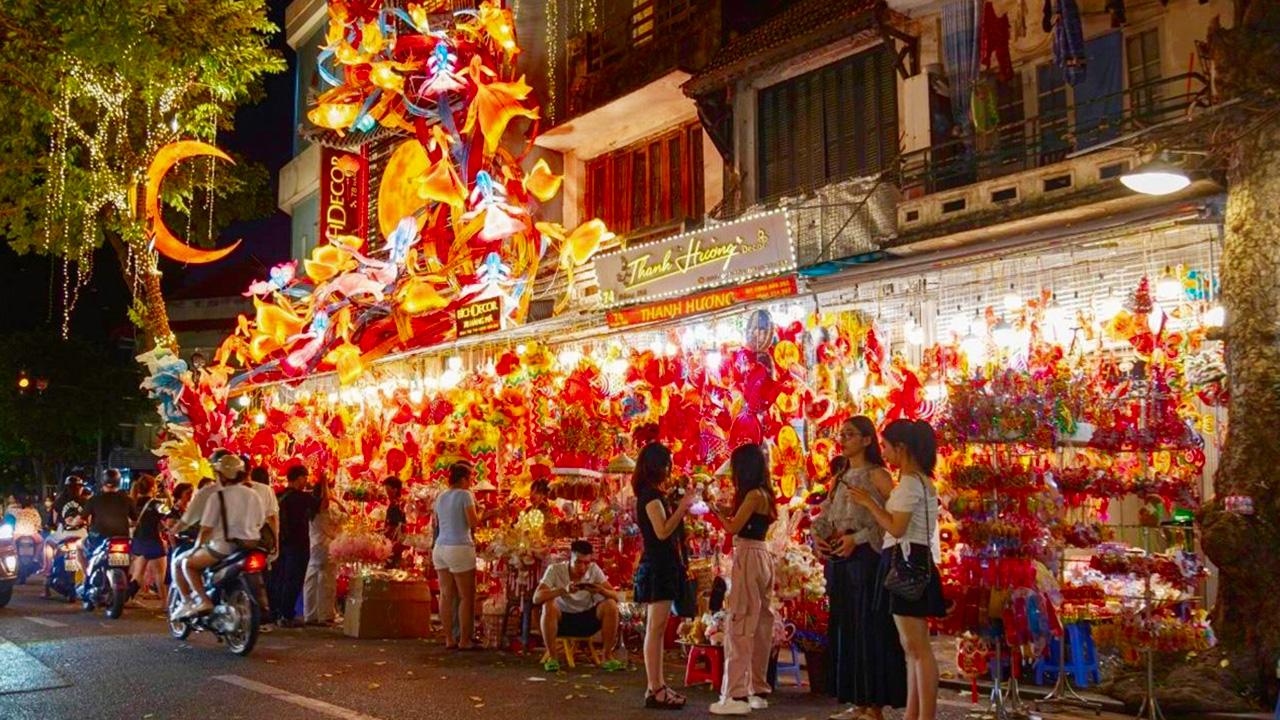
Cultural Uniqueness
Hanoi’s festivals serve as potent reminders of communal spirit and cultural heritage. Participating in these events allows you to witness a symphony of traditions, each with its specified focus but united in celebration.
Insider Experience
Engage with festival-goers, and perhaps partake in local rituals to understand the intricacies behind such grand displays of cultural pageantry. These experiences not only entertain but also educate on Vietnam’s multifaceted identities.
Safety Tips for Travelers in the Hanoi Old Quarter
While the Old Quarter is a delightful destination, it’s crucial to remain mindful of traveler safety to ensure an enjoyable experience.
- Crowded Area Awareness: Stay vigilant in busy areas like markets where pickpockets might thrive. Keep personal belongings secure and close.
- Traffic Etiquette: Watch for unpredictable motorbike traffic, particularly when crossing streets. Follow locals’ lead, pausing confidently with an outstretched hand to signal vehicles.
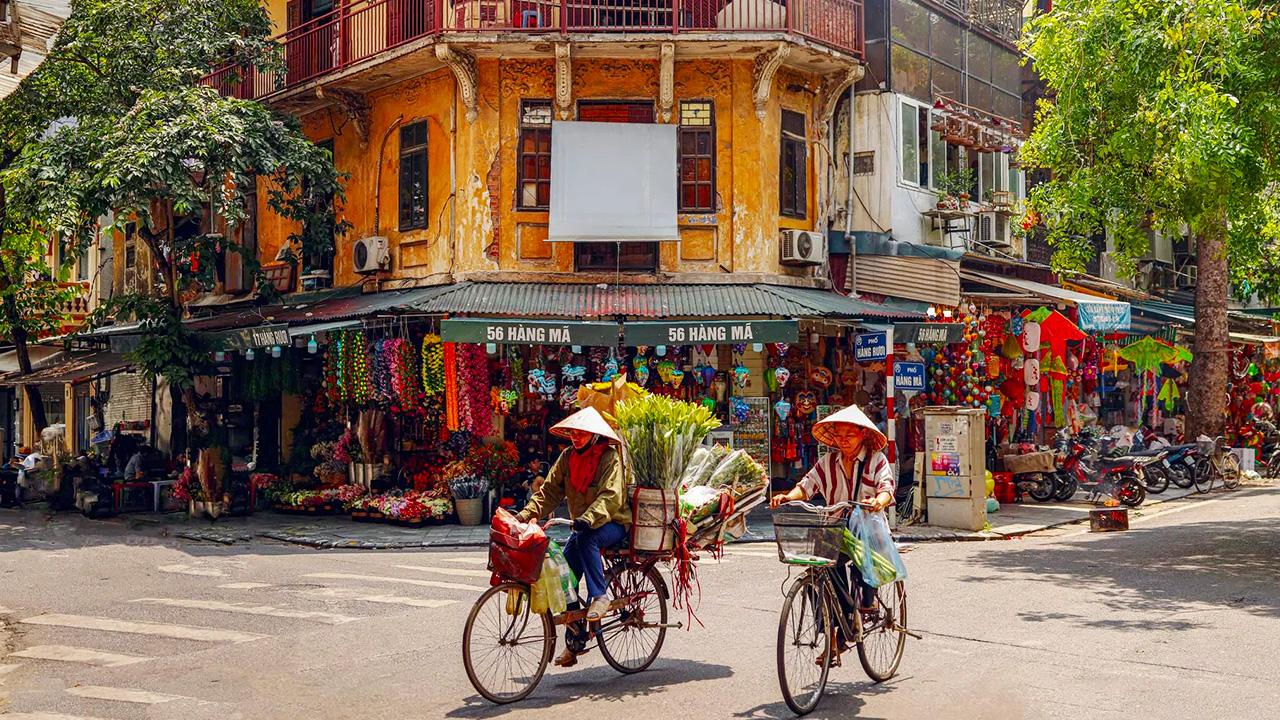
Essential Precautions
- Emergency Contacts: Familiarize yourself with local emergency numbers and your country’s consulate contact information.
- Respect Local Etiquette: Dress modestly when entering temples or religious sites and follow guidance provided by locals or posted signs.
Traveler’s Mindset
Maintaining a balance of caution and curiosity ensures a safe trip through the vibrant heart of Hanoi, allowing you to engage fully without unnecessary worry.
Transportation Options to Access the Hanoi Old Quarter
Reaching the Old Quarter is straightforward, with several options to suit various preferences and budgets.
- Public Bus: The most economical route, with multiple buses connecting the Old Quarter to different parts of Hanoi. With fares ranging from about 7,000–9,000 VND, it’s an accessible choice for budget-conscious travelers.
- Taxi Services: Reliable and convenient, but pricier. Ensure you use reputable companies like Mai Linh or Vinasun to avoid fluctuations.
- Ride-Hailing Apps: Modern platforms like Grab offer a cost-effective and hassle-free alternative to traditional taxis.
- Walking: Once there, walking is the best mode to explore the historical and cultural nuances of the Quarter up close.
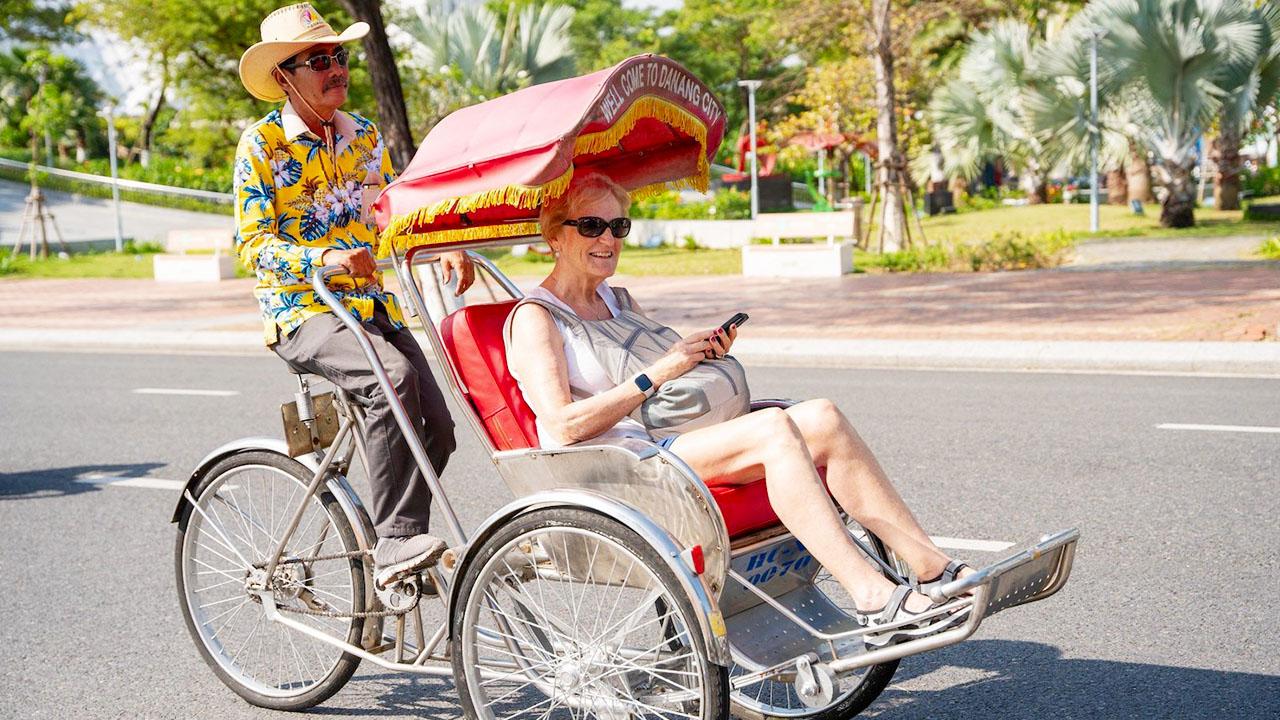
Planning Efficiently
Prioritize flexibility in your transportation choices depending on traffic patterns, cost considerations, and group size. Public transport often offers hidden vistas and conversations with locals that add depth to your travel experience.
Best of Local Transport
Adding a mix of transport options along with walking provides a well-rounded view, both visually and experientially, of the lively and layered tapestry of Hanoi.
Recommendations for Combining Walking Tour with Other Attractions in Hanoi
For a comprehensive exploration of Hanoi, consider combining your Old Quarter walking tour with other nearby attractions that offer varied yet complementary experiences.
- Ho Chi Minh Mausoleum: Visit the resting place of Vietnam’s beloved leader to gain insight into the country’s revolutionary history.
- Temple of Literature: A short distance from the Old Quarter, this serene Confucian sanctuary is a testament to Vietnam’s dedication to education and its rich intellectual history.
- Hanoi Opera House: End your day with a cultural flourish at this architectural masterpiece, which hosts world-class performances and local shows alike.
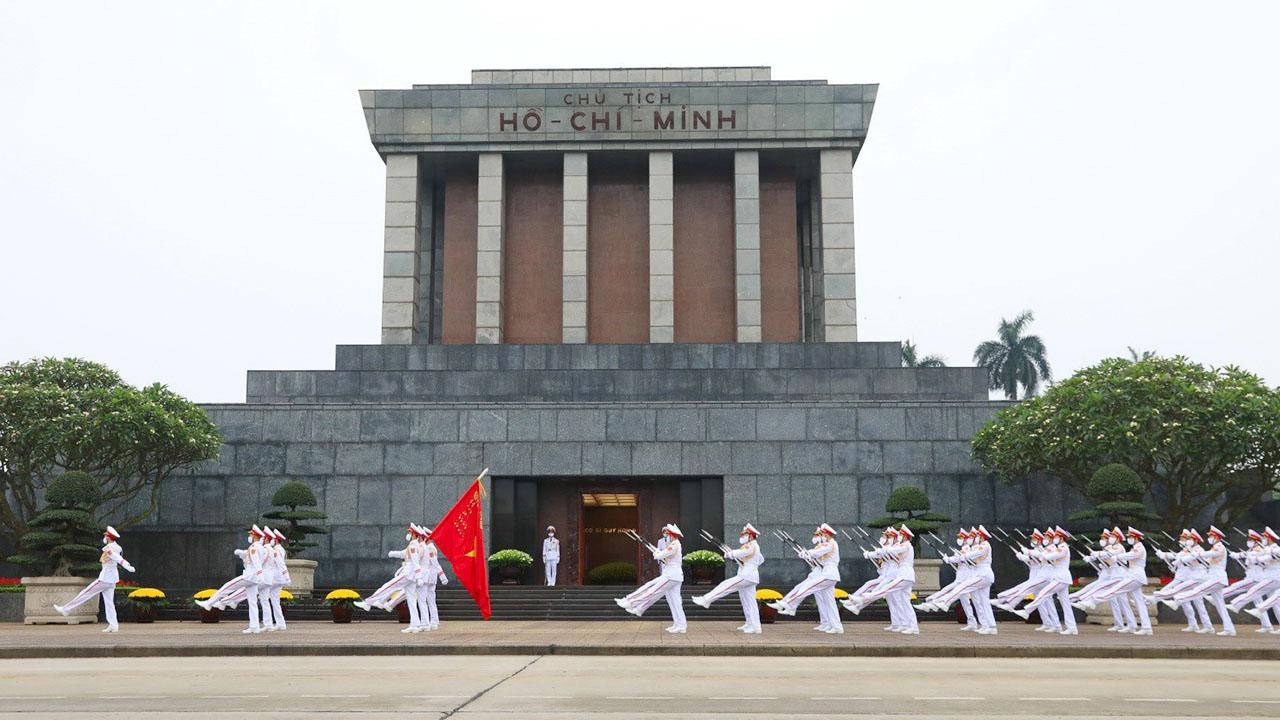
Crafting a Perfect Day
Pairing these attractions with the Old Quarter tour ensures a day filled with diverse segments of Hanoi from historical reverence and academic prowess to artistic expression.
Creating Lasting Memories
With an enriched itinerary, you foster a more holistic understanding of Hanoi’s past and present, weaving through its vivid stories and serene spaces that define Vietnam’s capital.
FAQs
- When is the best time to visit the Hanoi Old Quarter?
- Early mornings and late afternoons are ideal for cooler weather and lively atmospheres.
- Can I explore the Old Quarter on my own?
- Yes, the Old Quarter is easy to navigate on a self-guided tour, but guided tours offer valuable historical context.
- What local foods should I try during the tour?
- Don’t miss Bánh Mì, Phở, and Egg Coffee, which are iconic Vietnamese culinary experiences.
- How can I stay safe while exploring the crowded streets?
- Be mindful of your surroundings, secure personal belongings, and tread carefully in bustling areas.
- What festivals can I experience in the Old Quarter?
- Tế Ngu Yen Đán and the Mid-Autumn festivals are vibrant times filled with cultural celebrations.
Key Takeaways
- The Old Quarter is a microcosm of Hanoi’s rich history and cultural evolution, offering diverse experiences from heritage sites to street food.
- Timing your visit to coincide with less crowded hours or seasonal festivals enhances the experience significantly.
- Whether on a guided or self-guided journey, the Old Quarter’s culinary delights and artisan crafts promise a memorable exploration.
Conclusion
The Hanoi Old Quarter Walking Tour invites you not only to a place but into a living story a tapestry woven with ancient history, vibrant culture, and timeless traditions. By exploring its distinctive streets, indulging in its street foods, and engaging with the hospitable locals, you experience the beating heart of Hanoi. Whether you’re wandering amidst bustling markets or pausing at serene temples, the journey promises an unforgettable chapter in your travels. With each step revealing layers of resilience and artistry, your visit to the Old Quarter becomes a deep dive into Vietnam’s cultural soul a journey that resonates long after you leave its cherished streets.


